AI Logistics and OMS Tracking in Fulfillment
AI logistics is rapidly reshaping how global fulfillment operates—from inventory control and carrier coordination to last-mile delivery. With increasing demands from platforms like WooCommerce, Shopify, and DTC brands, businesses are turning to intelligent logistics services and automation to streamline operations, enhance accuracy, and stay competitive across borders.
For businesses operating across platforms like WooCommerce, Shopify, or launching products via Kickstarter, the ability to manage inventory, streamline shipping, and ensure accurate tracking is now heavily reliant on AI-driven logistics technology.
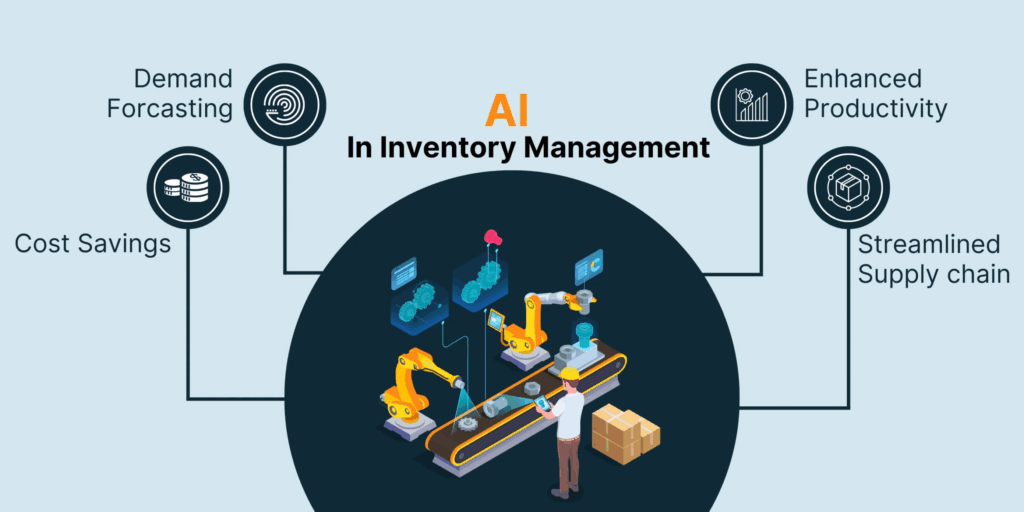
Smarter Warehousing and Inventory Control
One of the biggest impacts of AI in logistics can be seen in warehouse management. AI-powered 3PL warehouse services now use machine learning algorithms to analyze demand patterns, optimize stock levels, and reduce picking errors. Automated storage and retrieval systems (AS/RS) reduce manual labor and improve accuracy, speeding up the fulfillment process significantly.
For example, systems now can forecast which SKUs are likely to sell in different seasons or regions, allowing fulfillment centers to pre-position inventory in relevant locations. This predictive approach not only saves on international shipping costs but also reduces delivery time.
Postalparcel has integrated this smart inventory approach across its logistics services. By leveraging automated forecasting tools and intelligent inventory distribution models, with AI logistics, Postal parcel has helped DTC brands overcome shipping delays and reduce return rates in regions like Portugal and Romania.
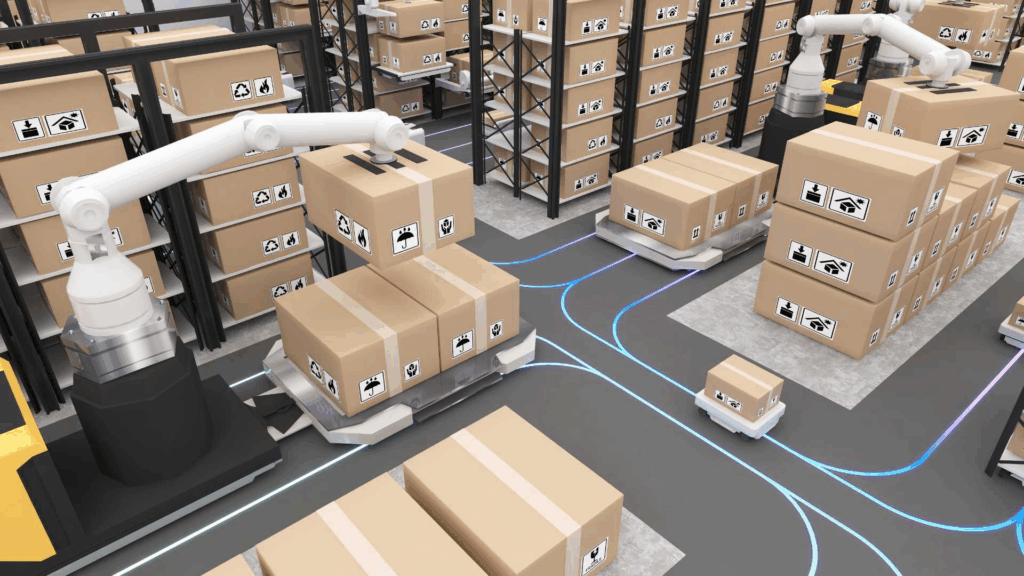
AI-Powered Routing and Carrier Optimization
AI-driven route planning is another transformative element. Traditional routing tools consider distance and delivery time, but modern systems factor in weather, road conditions, package priority, and even vehicle load efficiency. The result is a dynamic, real-time routing solution that reduces delays and lowers carbon footprints.
When combined with intelligent carrier selection, AI can identify which shipping provider—whether a postal operator like USPS or Royal Mail, or a commercial courier like Evri (UK), CTT (Portugal), or FAN (Romania)—is optimal for a specific route or customer. This adaptability ensures cost-effective shipping and improved reliability, especially for high-volume DTC operations.
Postalparcel, as a logistics service provider, offers robust carrier management capabilities. Its platform does not rely on a fixed system but adapts to client needs by choosing the best delivery partner per region. This flexibility has proven especially effective in markets where national postal operators are under strain, allowing customers to pivot seamlessly to commercial solutions without disrupting service.
Automation in Returns and Reverse Logistics
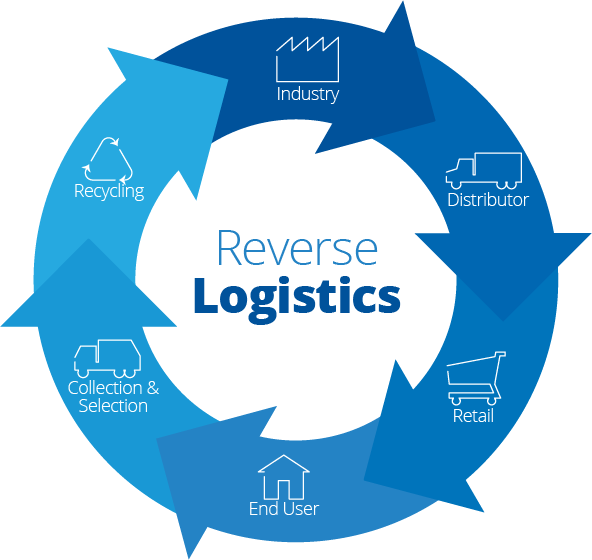
Returns are a crucial part of eCommerce fulfillment, particularly for international shipping. AI helps automate return authorization, label generation, and even dynamic refund decisions based on customer history and product condition.
Automated systems can assess whether a product should be restocked, refurbished, or disposed of—minimizing waste and maximizing value recovery. This streamlines the reverse logistics flow, which traditionally has been expensive and inefficient.
Postalparcel’s services include integrated returns solutions tailored to global eCommerce. A success story worth noting comes from its work with a European beauty brand. Facing high return volumes due to address errors and delayed deliveries, Postalparcel implemented address validation tools and automated return handling. The result was a 45% drop in return-related customer complaints and a 20% improvement in warehouse reshelving efficiency.
Enhanced Visibility and Real-Time Tracking
One of the most customer-facing benefits of AI in logistics is improved shipment visibility. Advanced tracking tools now offer real-time updates not only to customers but also to fulfillment operators. AI can predict delivery ETAs with higher accuracy, alert about delays, and offer resolution paths without manual intervention.
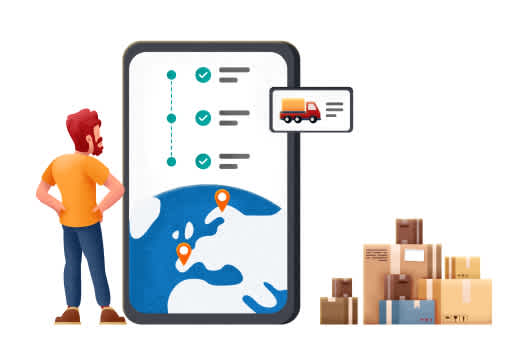
Postalparcel integrates AI-powered tracking and address verification tools across its shipping workflows, helping ensure accuracy at each touchpoint—from first scan to final delivery. This is especially beneficial when managing out-of-home delivery options like parcel lockers (APM) and parcel shops, which are growing in popularity across Europe and Asia.
Looking Ahead: A Collaborative Future
As automation and AI continue to evolve, logistics services will become more intelligent, predictive, and customer-centric. The integration of robotics in warehouses, self-driving delivery vehicles, and even drone shipping may soon become mainstream—not as standalone innovations, but as part of a connected, data-driven logistics network.
For businesses navigating international fulfillment and complex shipping environments, working with a service provider like Postalparcel offers a strategic advantage. Its human-plus-technology approach—combining real-time carrier optimization, smart inventory and return handling, and proactive tracking—is setting new standards for cross-border logistics.
Conclusion
AI and automation are not simply tools for cost reduction—they are redefining how logistics operates on a global scale. Whether improving fulfillment speeds, reducing shipping errors, or offering better returns handling, these technologies are enabling businesses to grow without sacrificing service quality. Postalparcel continues to be at the forefront of this transformation, offering logistics services that support smarter, faster, and more reliable fulfillment in every region it serves.
Industry Insights
news via inbox
Nulla turp dis cursus. Integer liberos euismod pretium faucibua

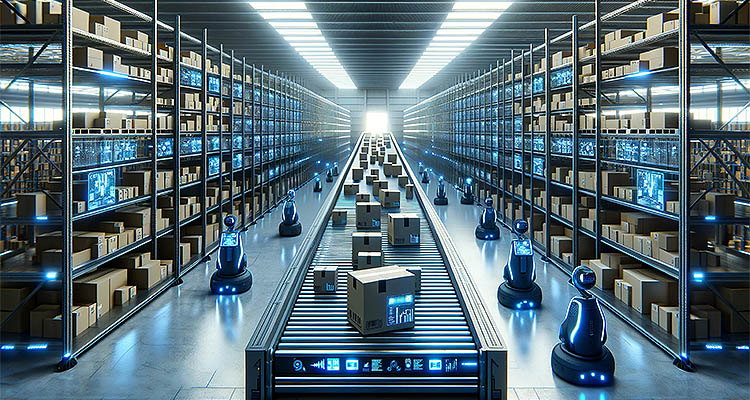





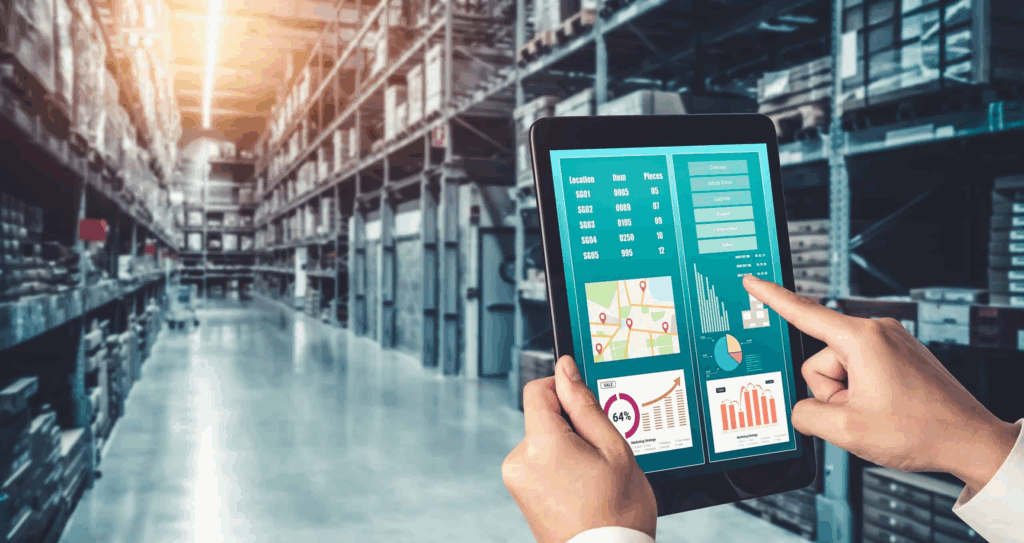

[…] Artificial intelligence (AI) is no longer a futuristic concept—it’s here, and it’s transforming logistics as we know it. For postal networks, AI-powered visibility offers a new frontier of operational efficiency, customer satisfaction, and competitive advantage. But the question is: is your postal network ready to adopt and thrive in this new AI-driven era? […]